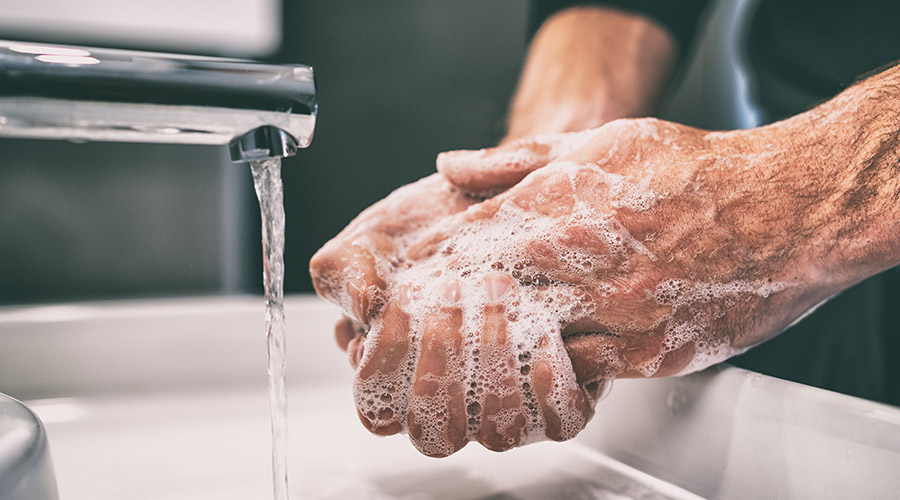Scrubbing Up for World Hand Hygiene Day

The day focuses on proper handwashing and care, which is especially important in the healthcare field.
May 5, 2024, is World Hand Hygiene Day, a day dedicated to emphasizing the importance of proper hand care. The reason being: hands are home to many germs that can be easily spread from one person to another. Given that, washing and drying hands is a primary practice in effective infection control within healthcare facilities.
However, the importance of handwashing was not always at the forefront of everyone’s mind, as in 2009, only 45 percent of American adults chose to wash their wands more frequently due to seasonal virus increases, according to the Bradley Company’s Healthy Handwashing Survey. Remember, this was even at the time of the H1N1 virus outbreak in America.
Flash forward about 11 years to the early days of the COVID-19 pandemic (around spring of 2020), when the same survey found that 90 percent of Americans washed their hands frequently, even doing so 10.5 times a day on average. This eventually leveled out to 74 percent in 2024, which is an overall increase from the 2009 survey.
The key thing to take away from this is the shift in attitude towards handwashing and general hand hygiene. In 2009, hand hygiene was important to less than half of American adults. However, given the passage of time, more education about the benefits of handwashing and a global pandemic, the priorities around hand hygiene shifted noticeably.
This is because proper hand hygiene helps remove germs and grime from hands, making them cleaner and safer to use. In healthcare facilities, this is especially important since staff work with medically compromised and vulnerable patients. Hand hygiene and washing not only keep staff safe but also patients safe from potential infections.
According to the Centers for Disease Control and Prevention (CDC), handwashing with soap helps prevent infections because:
- People often touch their eyes, nose and mouth without realizing it, which can introduce germs into their bodies and get them sick.
- Germs from unwashed hands may get into drinks and foods while people prepare or consume them. In the right conditions, germs can even multiply in foods and drinks.
- Germs from contaminated hands can be transferred to other surfaces, and then transferred to other’s hands.
- Removing germs via handwashing thus helps prevent diarrhea and respiratory infections, and may help prevent skin and eye infections, too.
For healthcare facility managers wondering where to begin with their hygiene protocols, the SHEA/IDSA/APIC Practice recommendation: Strategies to prevent healthcare-associated infections through hand hygiene: 2022 update lists seven recommendations:
- Promote the maintenance of healthy hand skin and fingernails.
- Select appropriate products.
- Ensure the accessibility of hand hygiene supplies.
- Ensure appropriate glove use to reduce hand and environmental contamination.
- Take steps to reduce environmental contamination associated with sinks and sink drains.
- Monitor adherence to hand hygiene.
- Provide timely and meaningful feedback to enhance a culture of safety.
Jeff Wardon, Jr. is the assistant editor for the facilities market.
The post "Scrubbing Up for World Hand Hygiene Day" appeared first on Healthcare Facilities Today

